For many months, the Houthis have put the US in a passive position by having to continuously use expensive missiles to shoot down cheap UAVs, forcing Washington to launch deterrent strikes.
President Joe Biden announced on January 11 that US warships and British fighter jets, with logistical and intelligence support from Australia, Bahrain, Canada and the Netherlands, members of the Washington-led Operation Protective Edge coalition, had attacked areas controlled by Houthi forces in Yemen, in "retaliation" for the armed group's recent attacks on cargo ships in the Red Sea.
"I will not hesitate to order additional measures to protect people and the flow of commerce in the sea if necessary," Mr. Biden affirmed.
The Houthis previously said they only attacked Israeli ships or ships linked to Tel Aviv, in an attempt to pressure Israel to stop its campaign against Hamas in the Gaza Strip. However, the Houthis recently warned they would attack all countries involved in the US-led international coalition in the Red Sea.
The US deployed aircraft to serve the Houthi attack campaign on January 11. Video : CENTCOM
To deal with the threat from the Houthis, the US-led maritime coalition only deployed warships, fighter jets to intercept missiles and unmanned aerial vehicles (UAVs) launched by the armed group, because it did not want the conflict to spread in the Middle East, as well as fearing the risks that could occur when having to escalate the confrontation with the Houthis.
This is considered a passive defense strategy, in which warships from the US, UK and other countries in the coalition are constantly on duty and patrolling the Red Sea, using modern sensor systems to detect Houthi missiles and UAVs that threaten cargo ships. When a threat is detected, these warships will launch missiles to intercept.
The US appears to hope that maintaining this passive defense strategy will open the door to resolving tensions diplomatically , perhaps through a third party like Iran, or until the Houthis themselves end the attacks.
However, this expectation collapsed when the Houthis on January 9 launched a record-breaking missile and UAV attack on US and British merchant ships and warships in the Red Sea. This attack made Washington realize that their passive defense position was not only costly, but also posed a huge risk to equipment and people.
In the attack, the armed group in Yemen deployed a total of 21 missiles and UAVs of various types, all of which were shot down by US and British fighter jets and warships.
However, a source said a Houthi UAV penetrated the outer defenses and approached the British warship HMS Diamond, forcing it to fire a 30mm anti-aircraft gun in its close-in defense system to shoot it down.
This anti-aircraft gun only had an effective range of 1-2 km, so if it missed, the HMS Diamond would have no means of defense against the threat.
According to Tom Sharpe, a former British naval officer, the incident shows that Houthi attacks still pose a certain threat to the coalition, despite the modern defense capabilities they possess, especially if the forces in Yemen deploy more modern weapons to attack.
"Normally, no warship would want to face an enemy attack at such close range, but would proactively destroy the threat from a distance," Sharpe said. "If the projectile were a hypersonic cruise missile or a hypersonic ballistic missile, the danger level would be much greater."
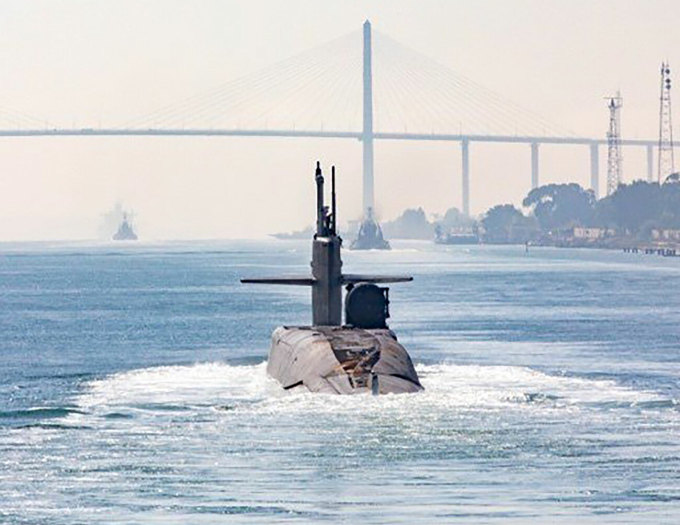
A US cruise missile submarine passes under the Al Salam Bridge northeast of Cairo, Egypt in November 2023. Photo: CENTCOM
Even when U.S. and allied warships are not harmed, they do not always respond in time to protect cargo ships in the Red Sea. In fact, some cargo ships have been hit by UAVs while passing through this sea, but no major damage has been done.
The cost of intercepting Houthi attacks is also a big problem for the US-led maritime coalition. The armed group can deploy dozens of suicide UAVs costing tens of thousands of dollars in each raid, while the Aster missile that the British ship used to shoot down a UAV costs dozens of times more.
Reloading is also a major challenge, requiring American and British warships to travel long distances to ports with suitable infrastructure to replenish their ammunition. This will leave a gap in the Black Sea defense network if replacement equipment is not available.
"Vertical launch systems on warships cannot be reloaded at sea, but must return to port to reload. This will become very time-consuming and expensive in the long run," said Sidharth Kaushal, a maritime expert at the Royal United Services Institute (RUSI).
According to Sharpe, there is currently no British warship in the area that can take the place of the HMS Diamond if it has to return to port to reload. This may also be the reason why the commander of the HMS Diamond accepted the risk of using extremely close-range defense guns to shoot down the Houthi UAV, in order to save expensive missiles, allowing the ship to operate longer before having to return to port.
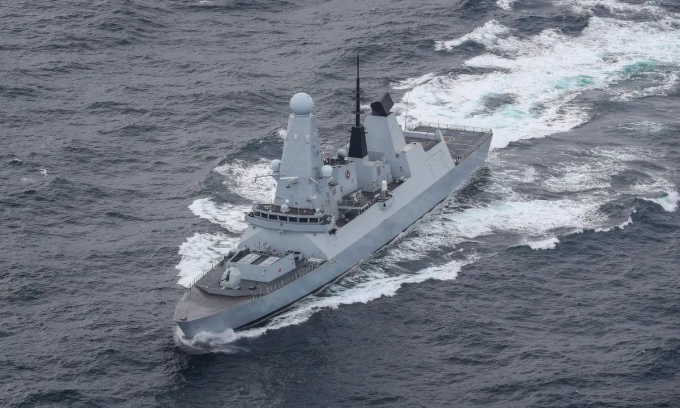
HMS Diamond off the coast of Scotland in October 2020. Photo: British Ministry of Defence
According to Sharpe, to avoid spreading the conflict in the region, the US and its allies need to conduct retaliatory strikes quickly, preferably immediately after the Houthi forces have just attacked the Red Sea, and at the same time accurately target the group's military targets such as missile launchers, UAVs and radars, minimizing collateral damage to civilians.
This helps the coalition demonstrate that it is conducting self-defense strikes, not intending to spark a large-scale conflict with the Houthis or cause casualties among the Yemeni people, thereby preventing Houthi-backed forces like Iran from having a reason to open a new front in the Middle East.
"Such raids would be a direct attack, eroding the Houthis' arsenal and fighting spirit, rather than just passive defense. Combined with diplomatic efforts, trade activities in the Red Sea will have a chance to be restored," said expert Sharpe.
The strikes on Houthi targets in Yemen showed that US forces in the Red Sea have the capacity to quickly respond. Advanced reconnaissance capabilities on US warships and fighter jets help these forces determine the location of Houthi missile launchers and radars, thereby launching precise strikes.
This country has a large number of Tomahawk land-attack cruise missiles with a range of 1,600 km equipped on warships and submarines in the Red Sea, along with modern fighter squadrons on aircraft carriers, which can attack targets in Yemen immediately after receiving orders.
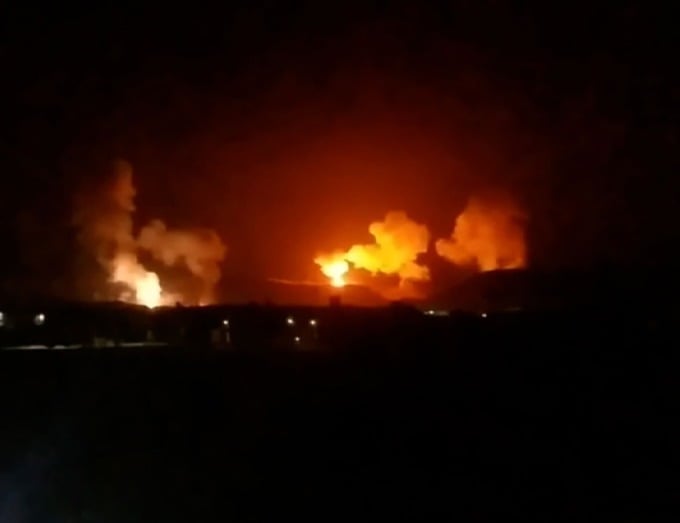
Images believed to be explosions in Saada province, north of the capital Sanaa, on January 12 after a US and British strike on Houthi forces in Yemen. Photo: CNN
According to informed sources, US and British forces deployed fighter jets and warships to launch missiles against Houthi forces, including Tomahawk "messengers of war". Dozens of the armed group's targets were hit, including radar systems, ballistic missile storage facilities and missile launch sites.
The British Ministry of Defense later confirmed that four of its Typhoon fighter jets had dropped Paveway guided bombs on two missile and UAV launch sites of Houthi forces in northwestern Yemen.
Meanwhile, Houthi officials said the US and British airstrikes targeted Al-Dailami air base north of the capital Sanaa, the area around Hodeidah international airport in western Yemen, the force's base in the northern province of Saada, the international airport and several locations in Taiz province and the airport in the northern town of Abs.
The Houthi group also announced that it had launched retaliatory attacks against British and US forces in the Red Sea, and warned that it would not stop the attacks until these forces left the area.
"The US and UK attacks on Houthi forces are not a solution to end the conflict in the Red Sea, but they are an important step towards this. However, we need to be careful not to make things worse," Sharpe emphasized.
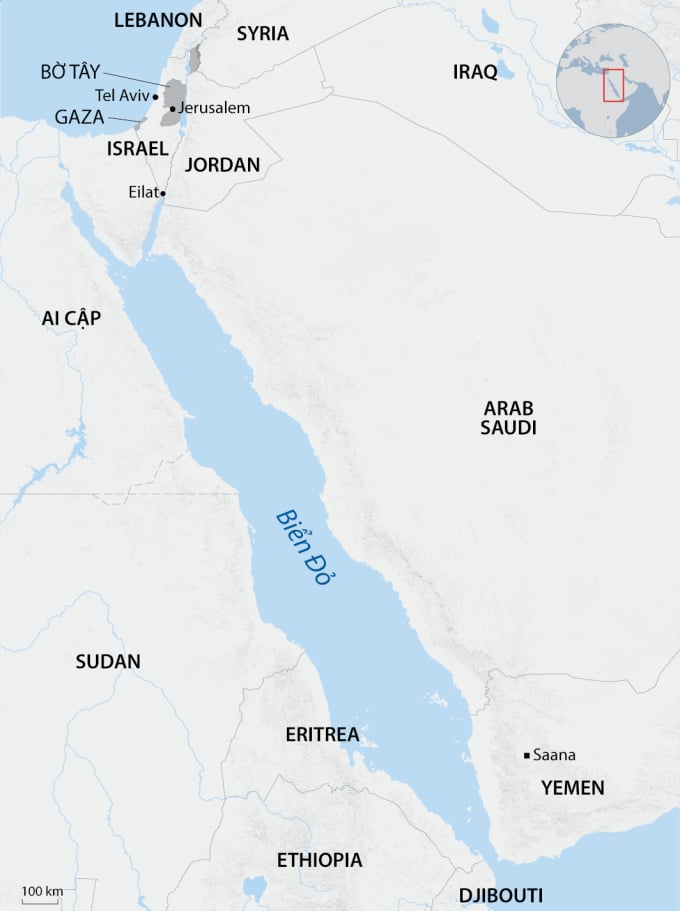
Location of the Red Sea and neighboring countries. Graphics: AFP
Pham Giang (According to Telegraph, Guardian, Reuters )
Source link


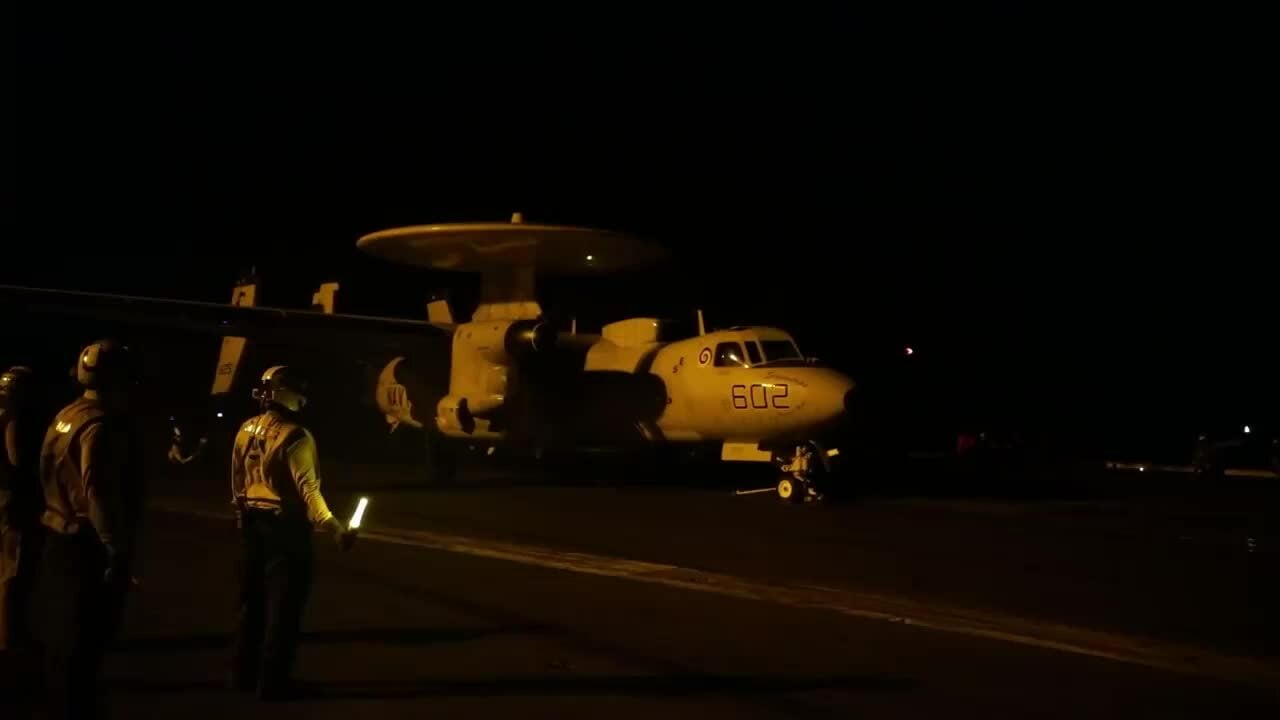














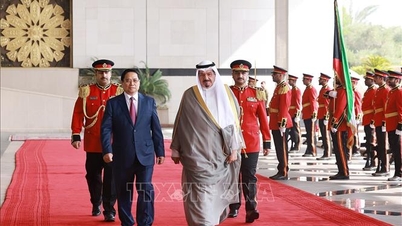

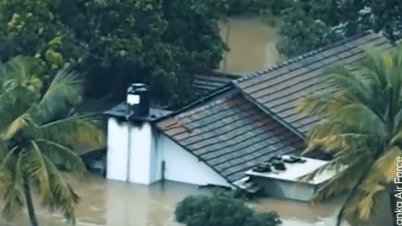




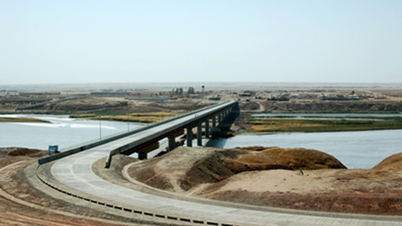













































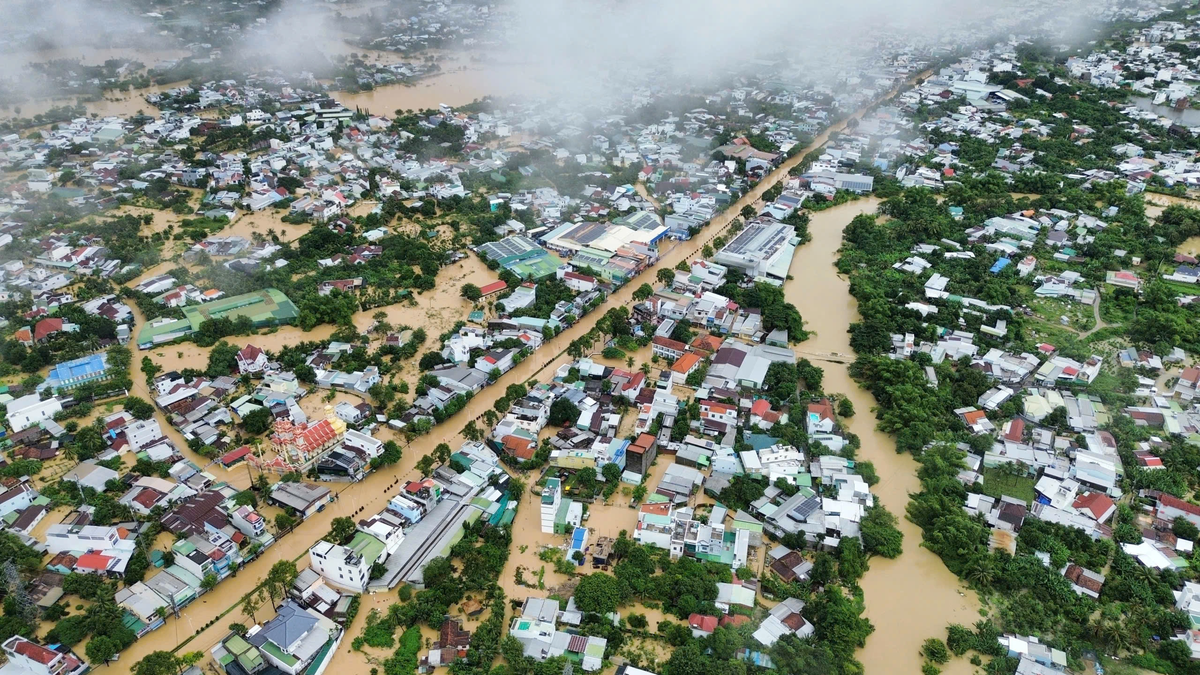





















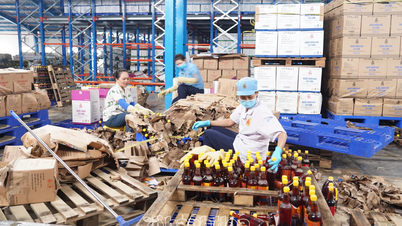
















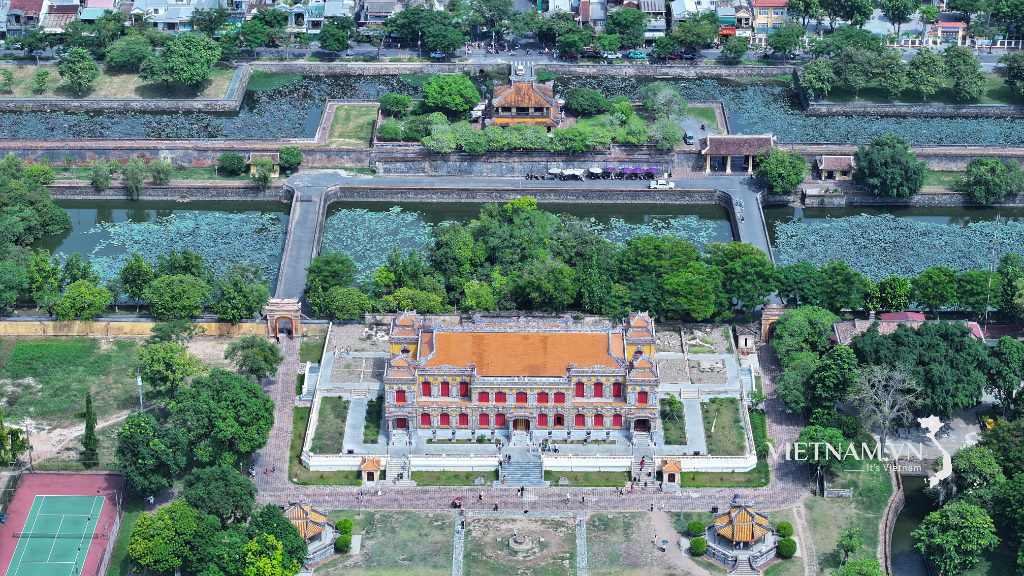

Comment (0)